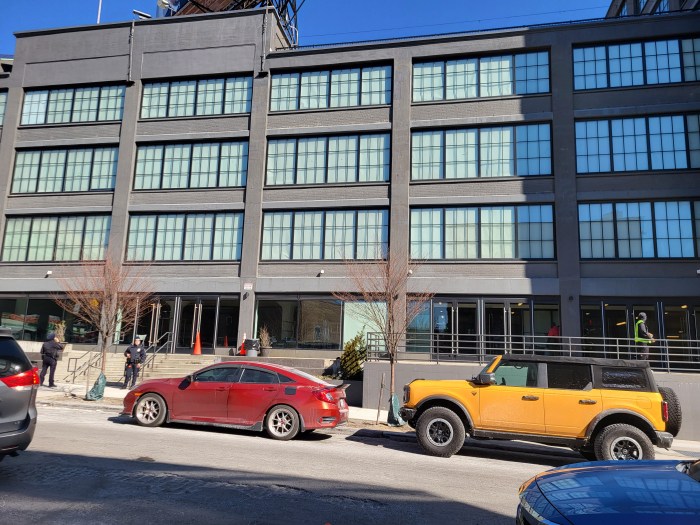
In an effort to tackle the devastating opioid epidemic, Mayor Bill de Blasio on Wednesday dedicated $8 million for programs in the Bronx, which officials say has been disproportionately affected by fatal drug overdoses.
The money, earmarked as part of a Bronx Action Plan, will go toward increasing staff who accompany first responders and introducing Health Engagement and Assessment Teams, or HEAT. These teams will be made up of one social worker and one peer advocate.
An additional $1 million will be set aside for obtaining more naloxone kits, funding ad campaigns warning against the use of fentanyl, and supporting groups in the Bronx, according to the mayor’s office.
"We’re in the middle of a battle against opioids. This has gotten harder, not easier, over recent years. Especially because of fentanyl," de Blasio said at a news conference in the Bronx. He added, "We realized that the past approach wasn’t going to work and we needed something much more aggressive. We had to bring the treatment to the people that needed it … We had to help people heal right in their own community, right on their own block."
Last year, the Bronx experienced a 9 percent increase in overdose-related deaths compared with 2016, according to the mayor’s office. That number was markedly more than the city as a whole, which saw an increase of 2 percent. It was also significantly lower than in 2016, when there were 51 percent increase in deaths compared with 2015.
In Staten Island last year, there were 101 deaths, compared with 119 the year before, de Blasio said.
"What this says to us is this crisis can be arrested; it can be stopped dead in its track and then we can turn to start reducing the number," he said.
But he added that the problem in the Bronx is unique in that many people don’t speak English as a first language, and some immigrants in the county illegally may be scared to come forward to seek help. The money that will be spent in the borough was already "in reserve waiting to apply to a strategy that actually worked," he said.
"The main part of this funding was being held for the decision on where to apply it and which piece of our anti-opioid initiative to apply it to," he added. "We had money in reserve, we’re applying that money to the Bronx."




































